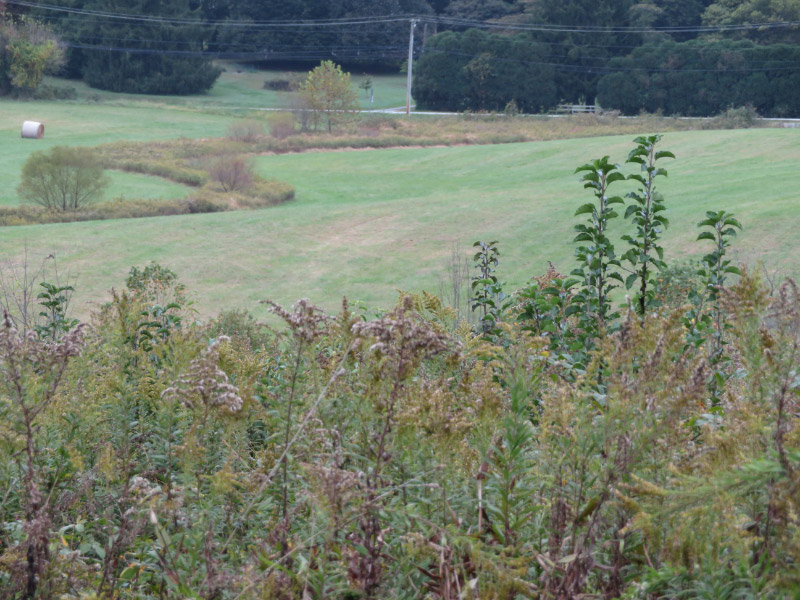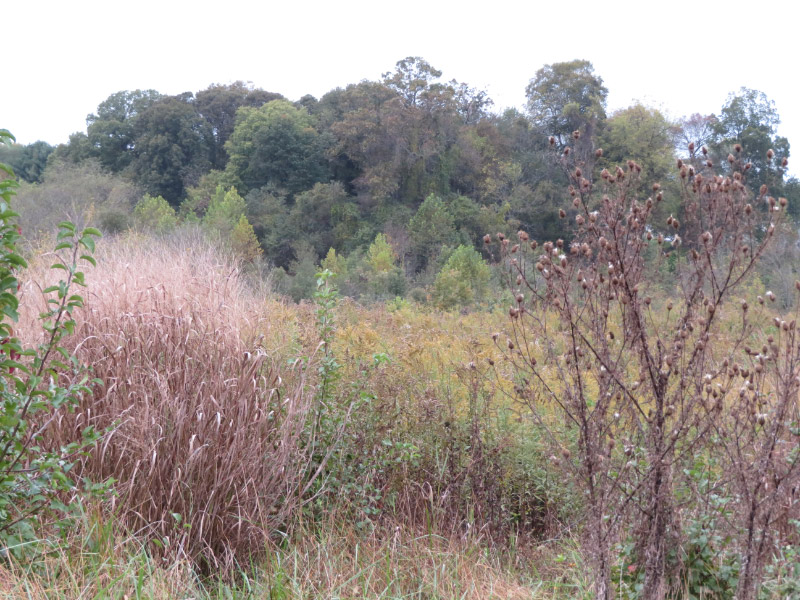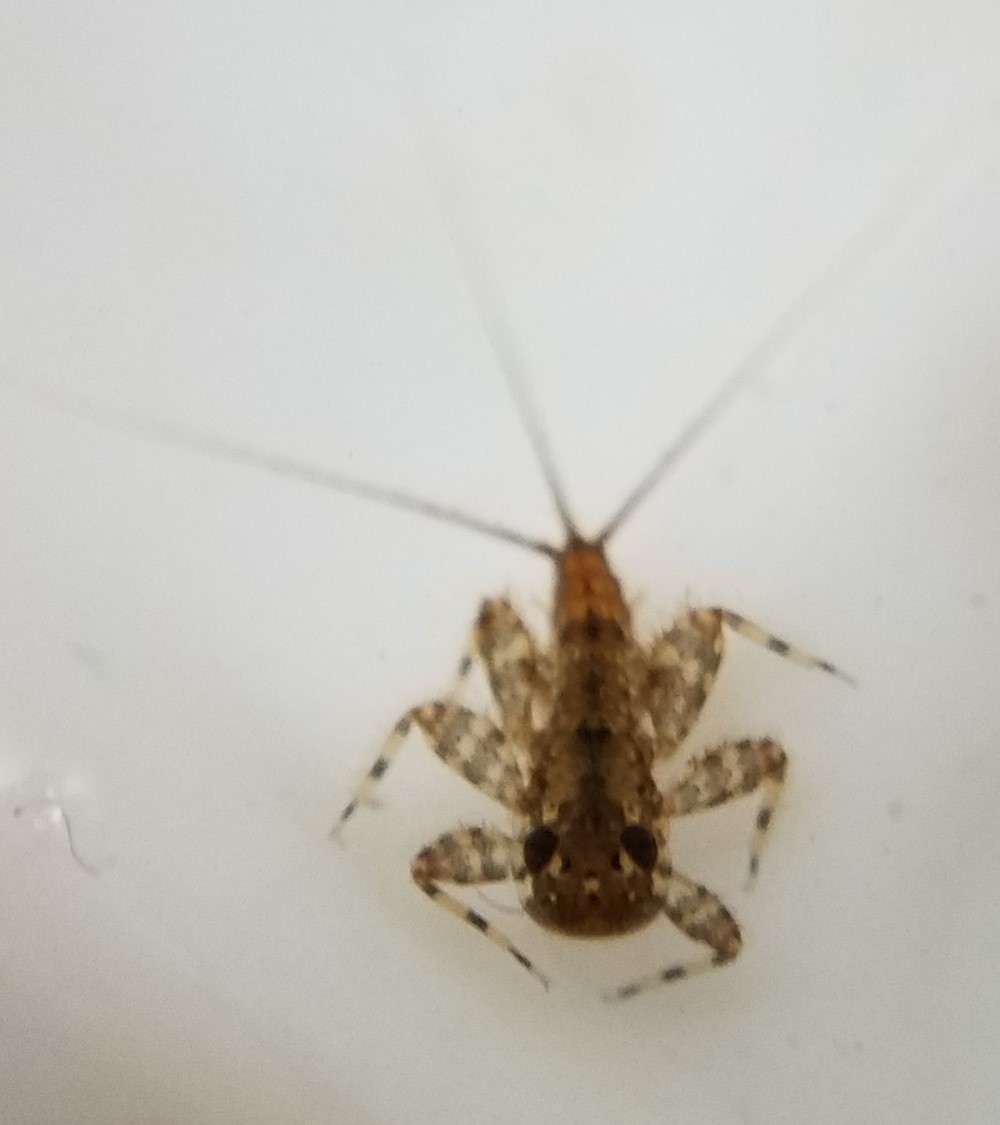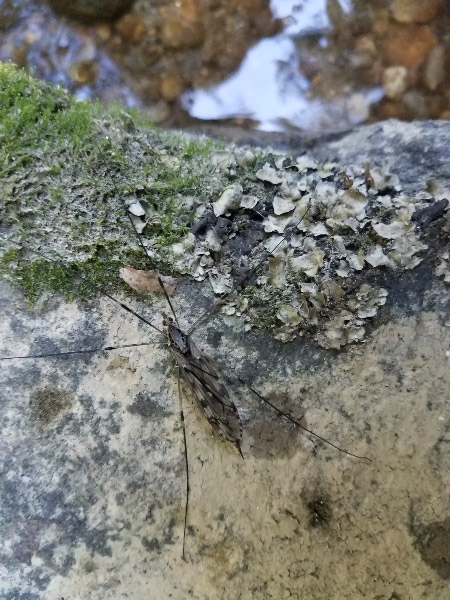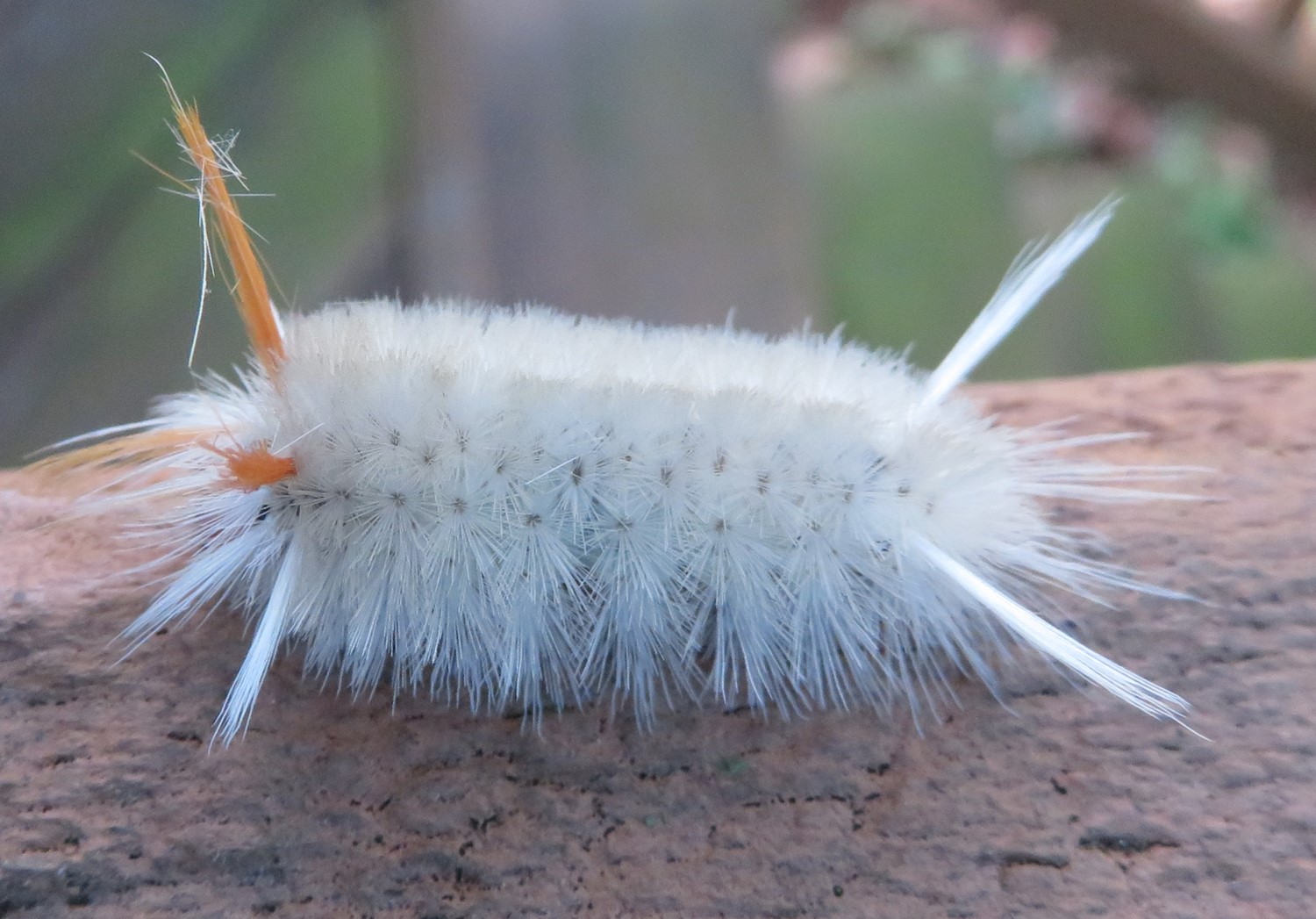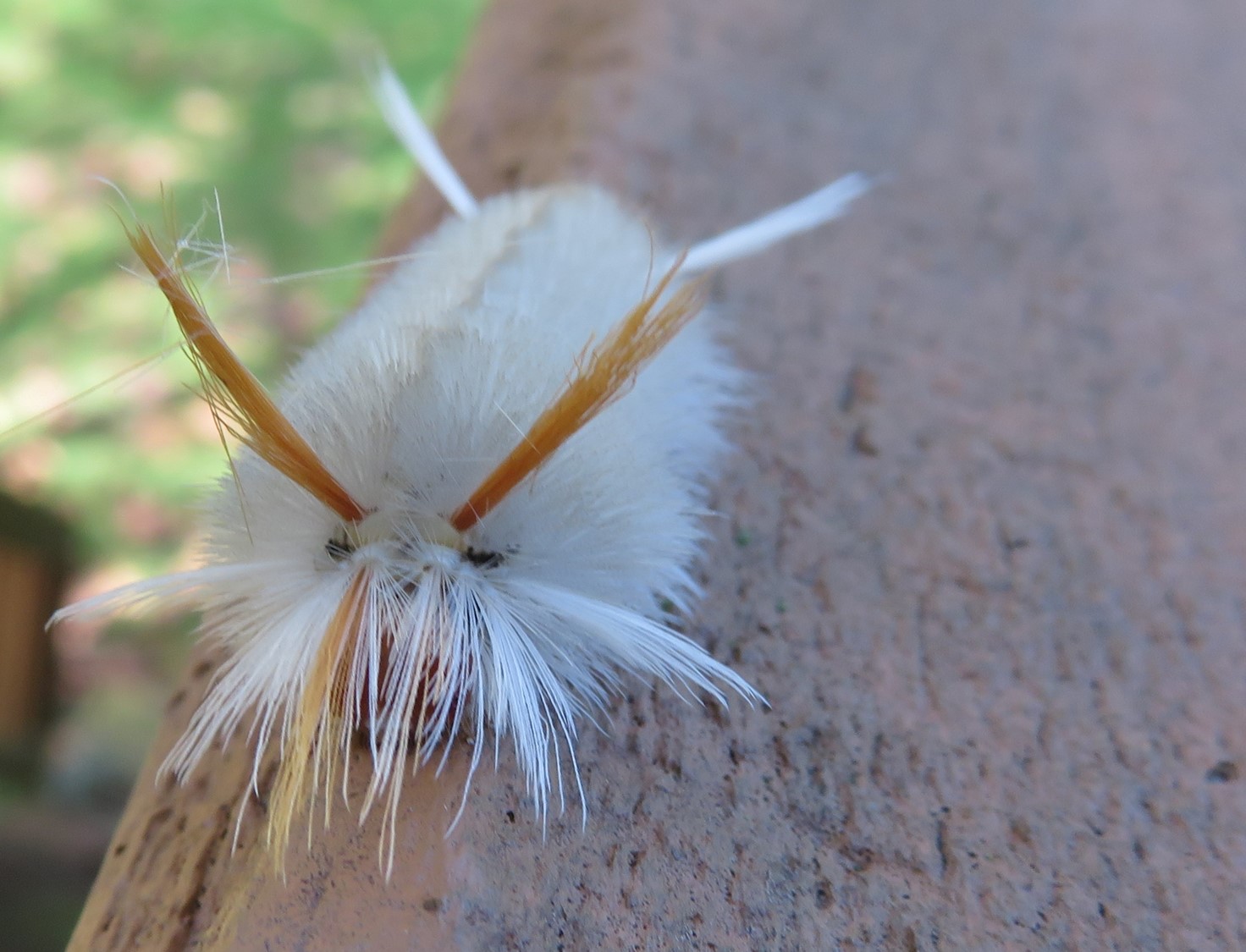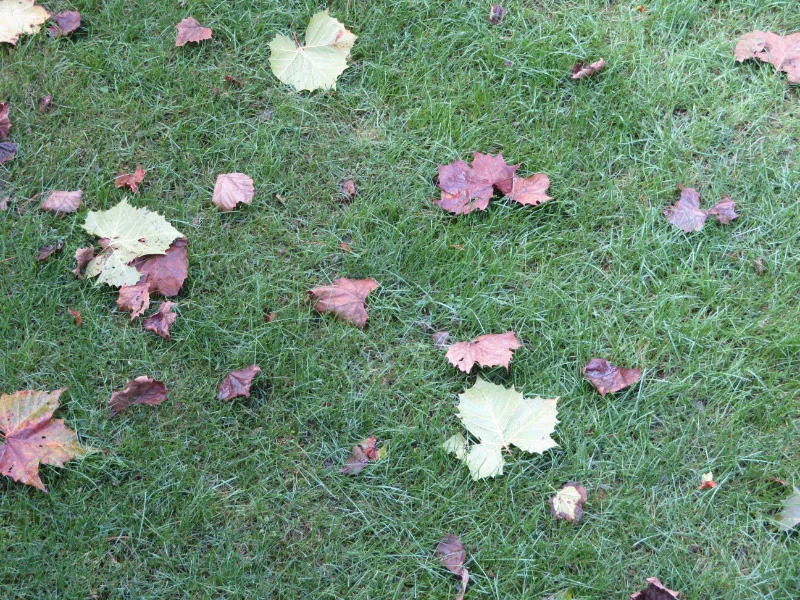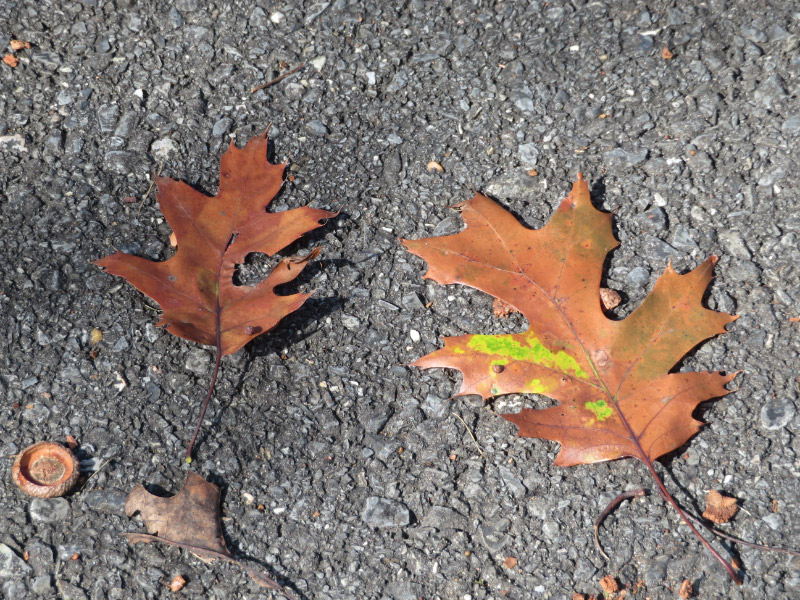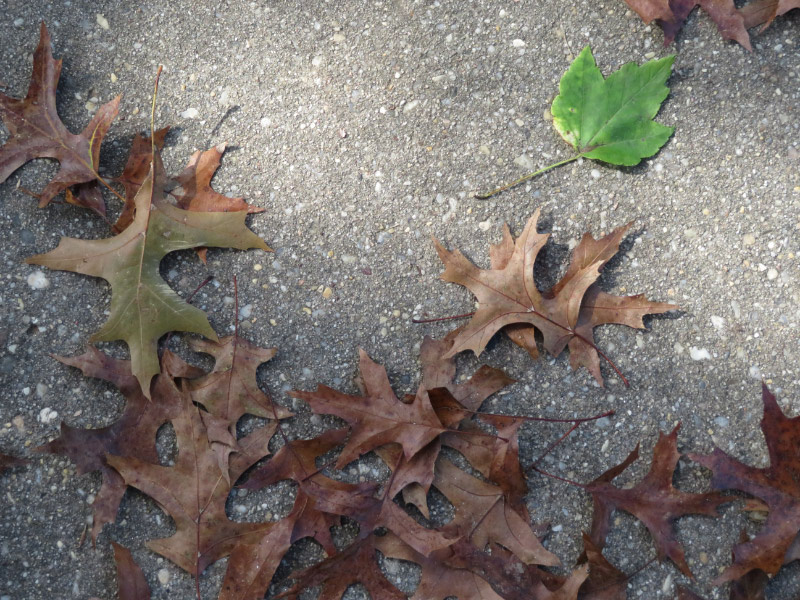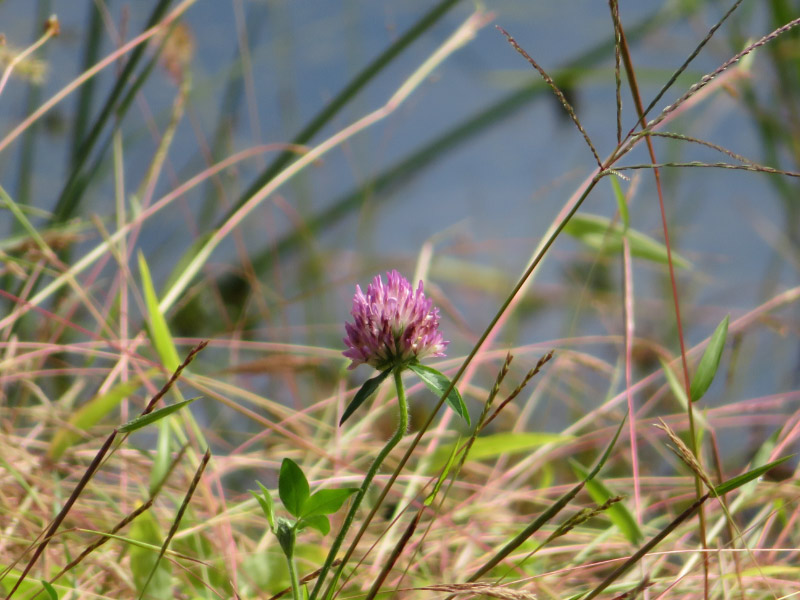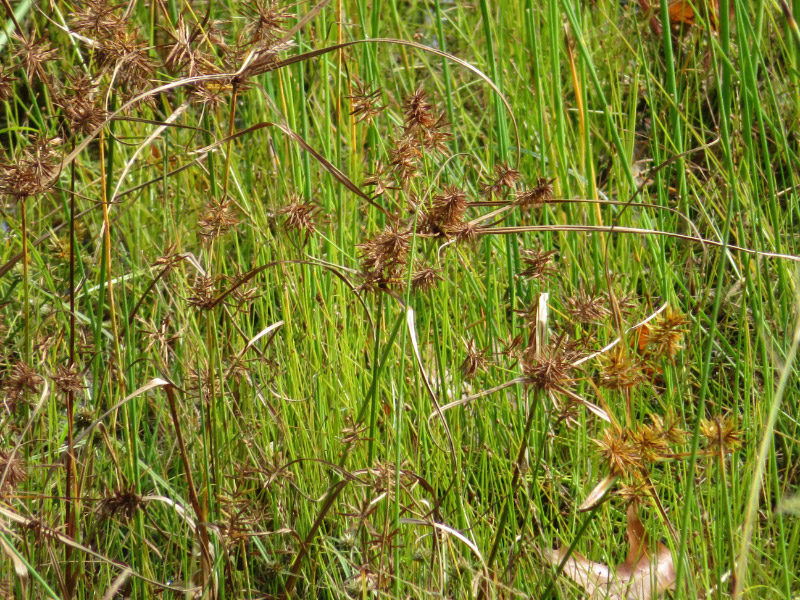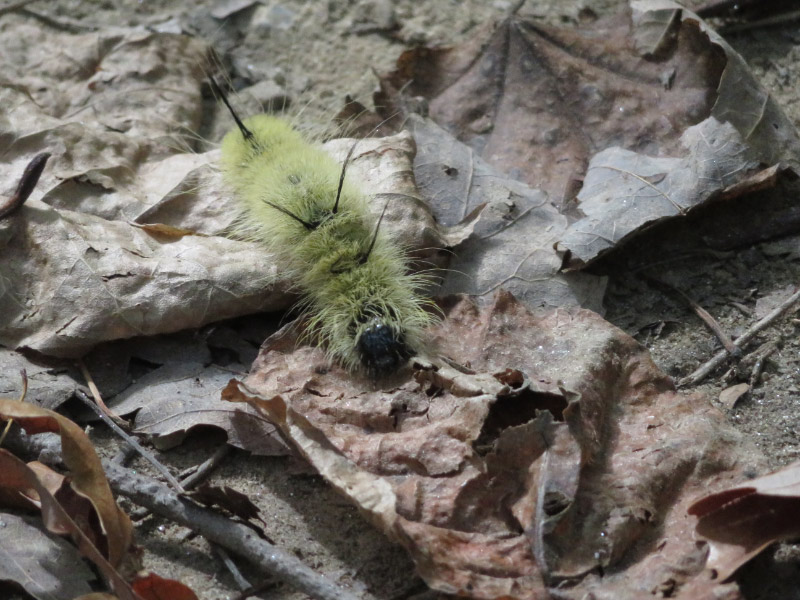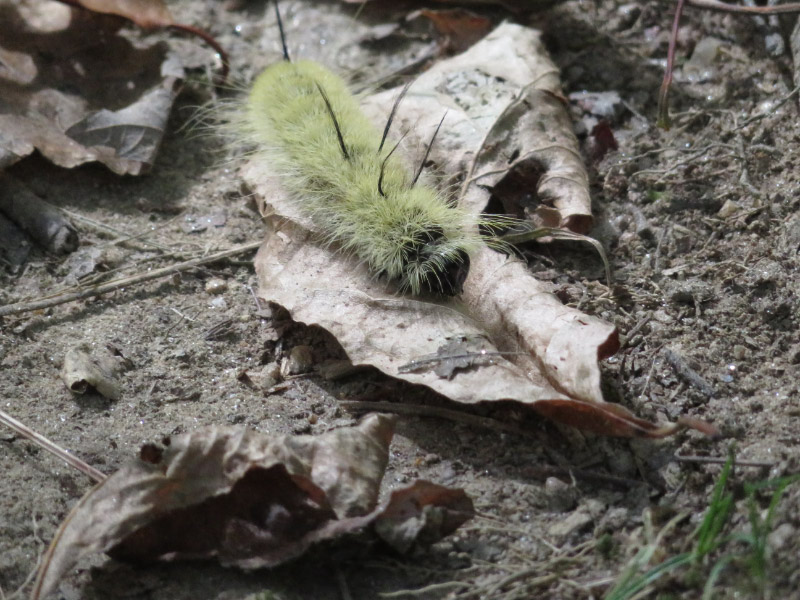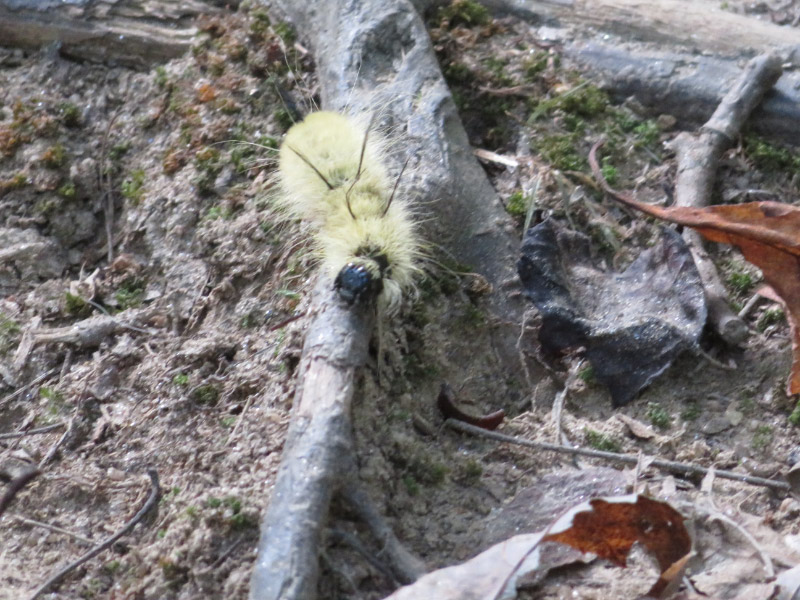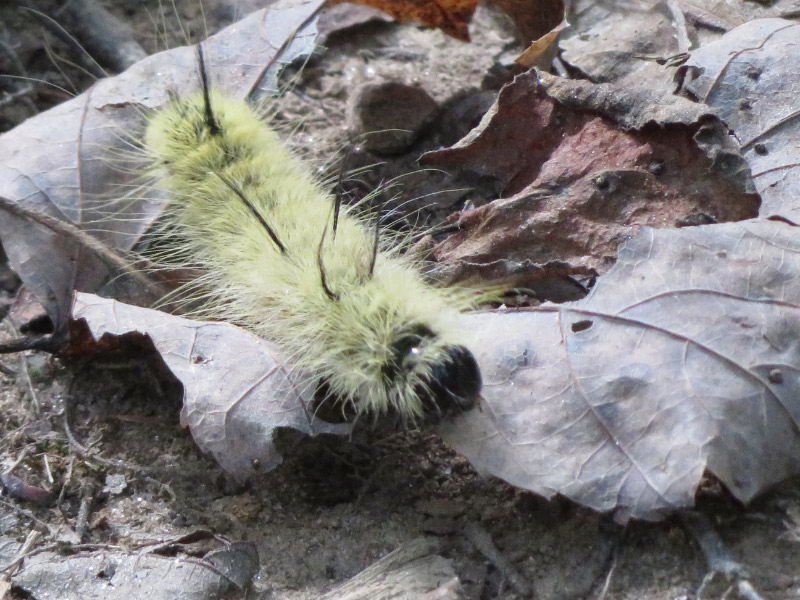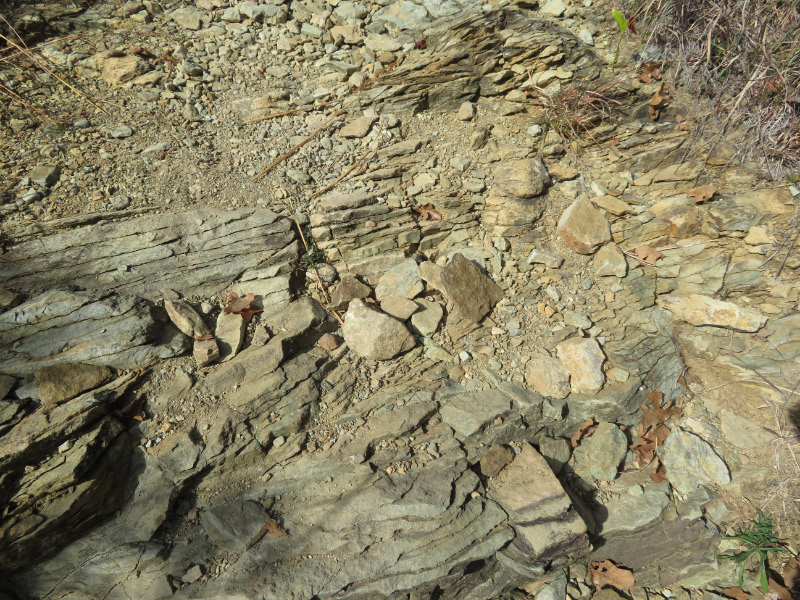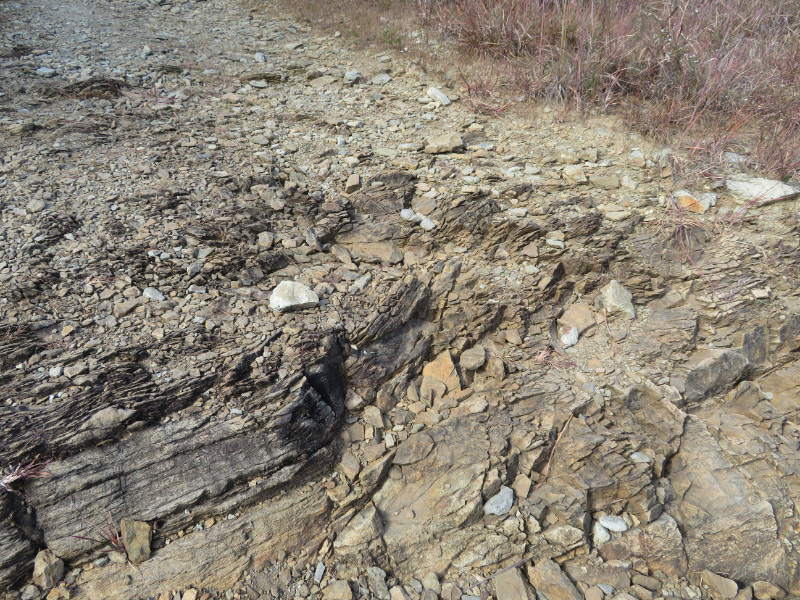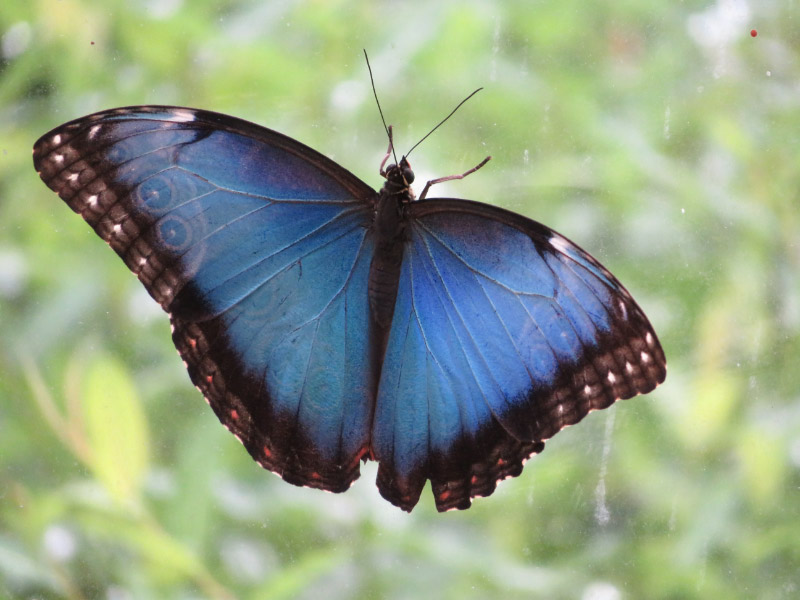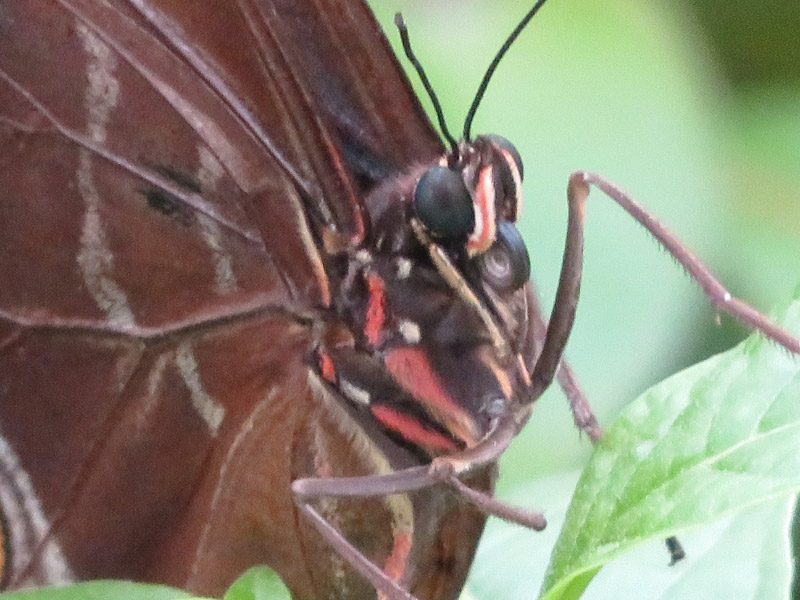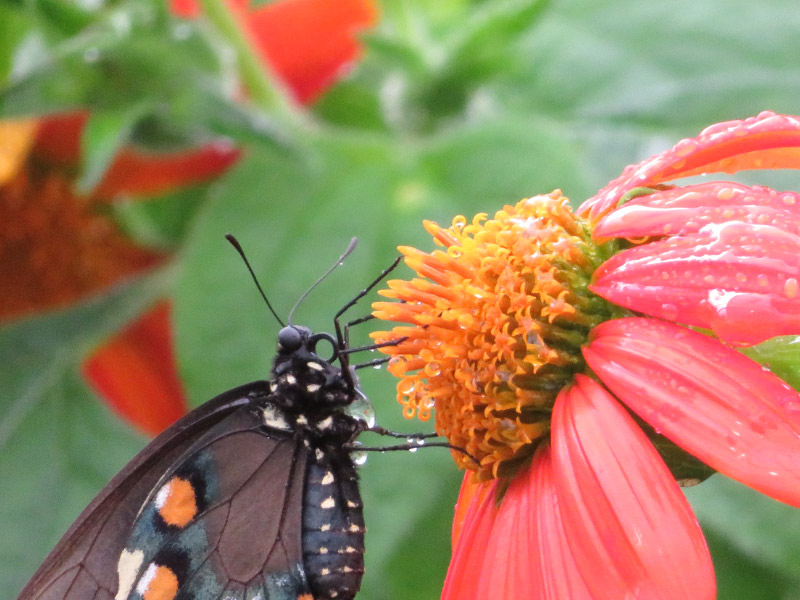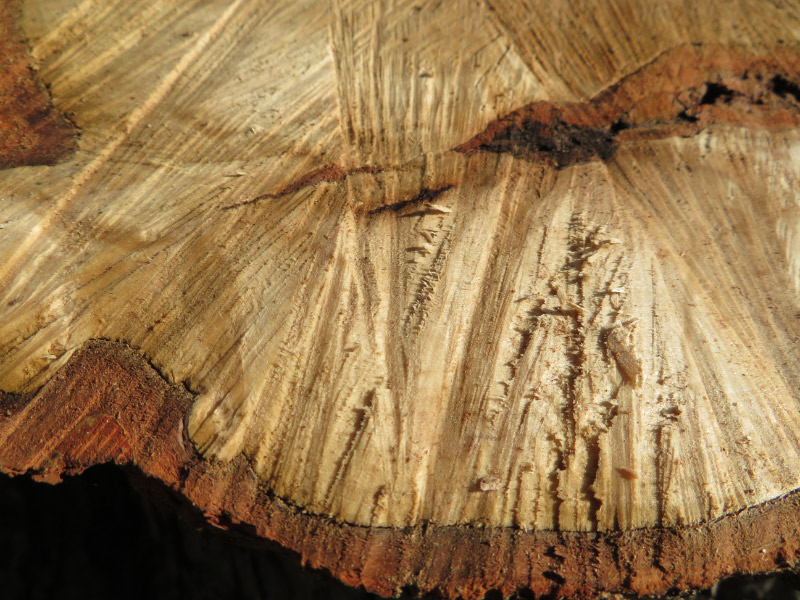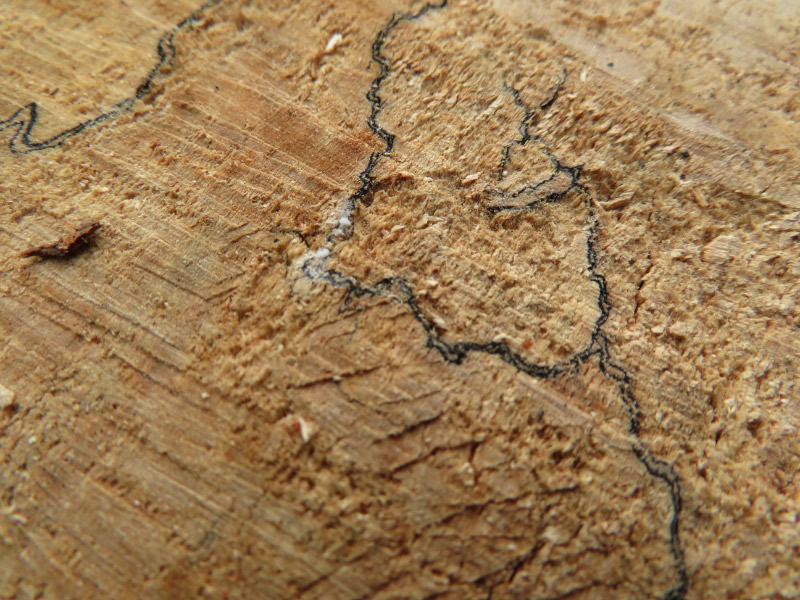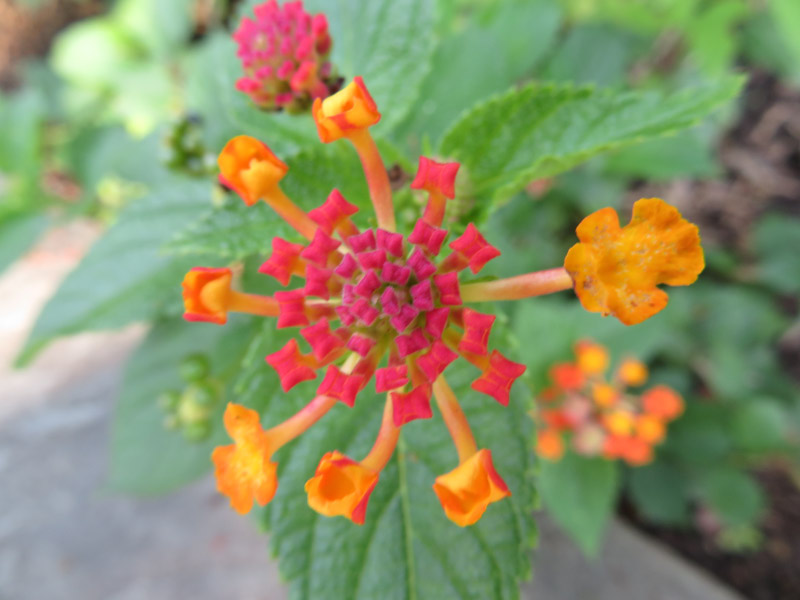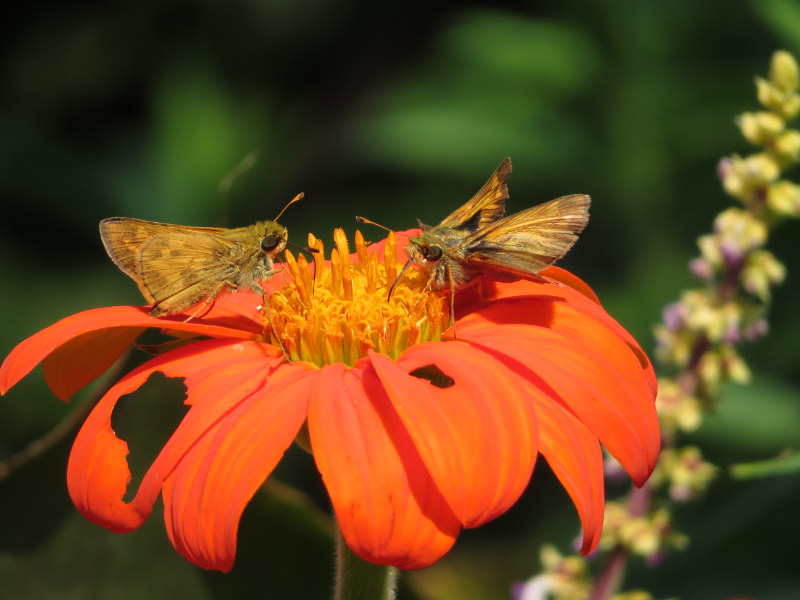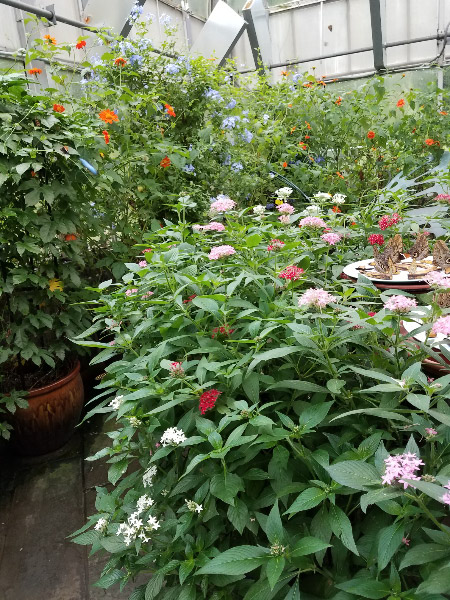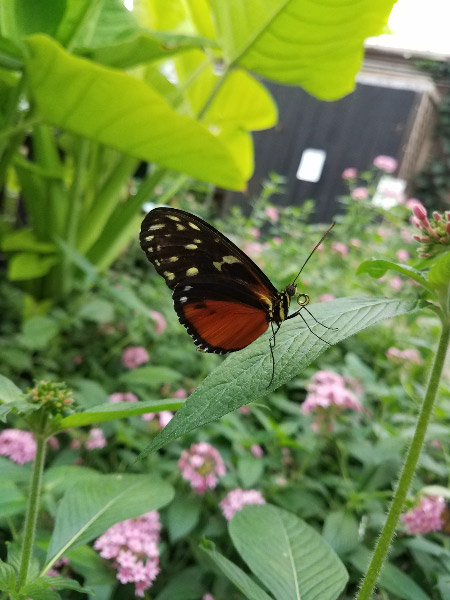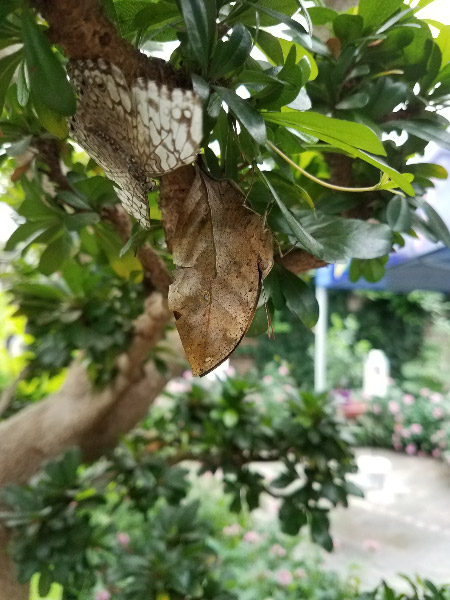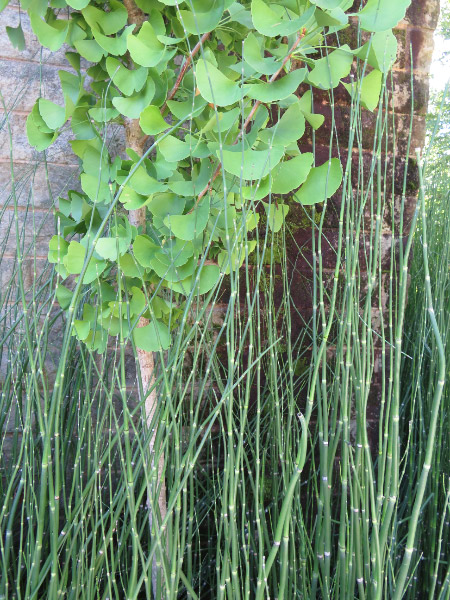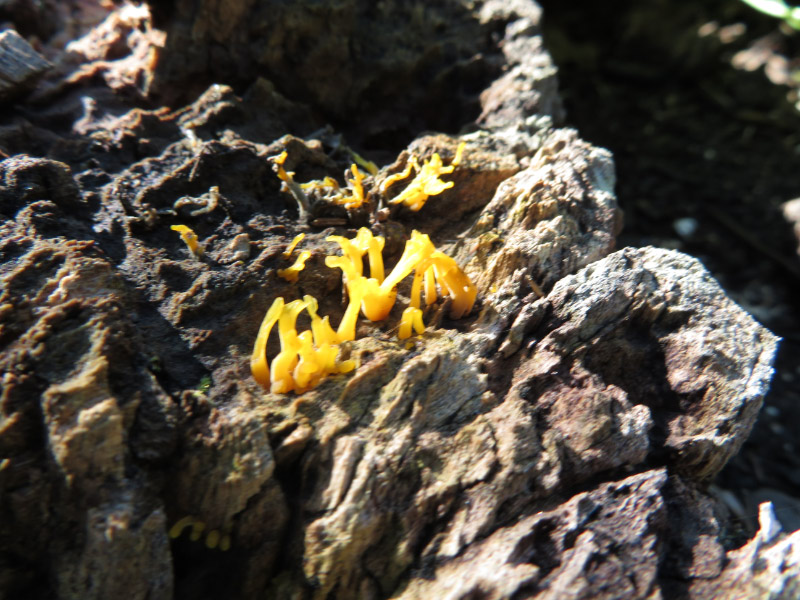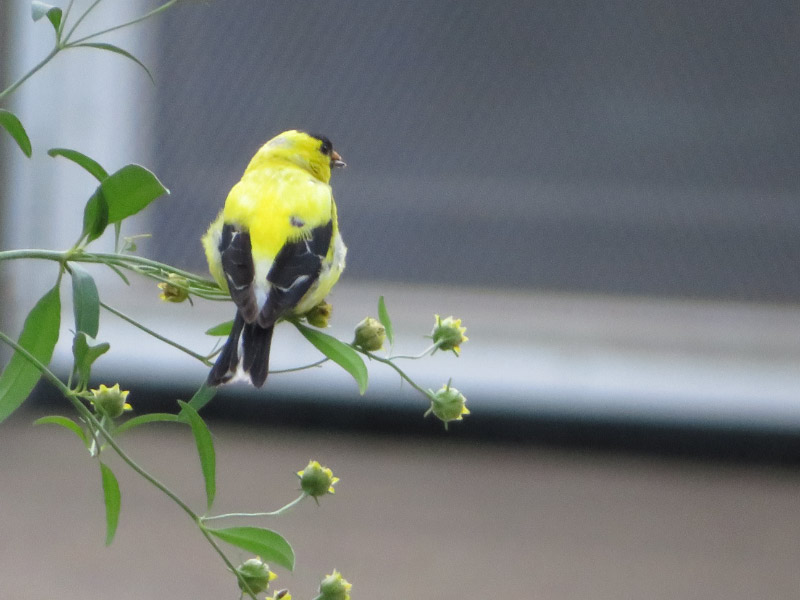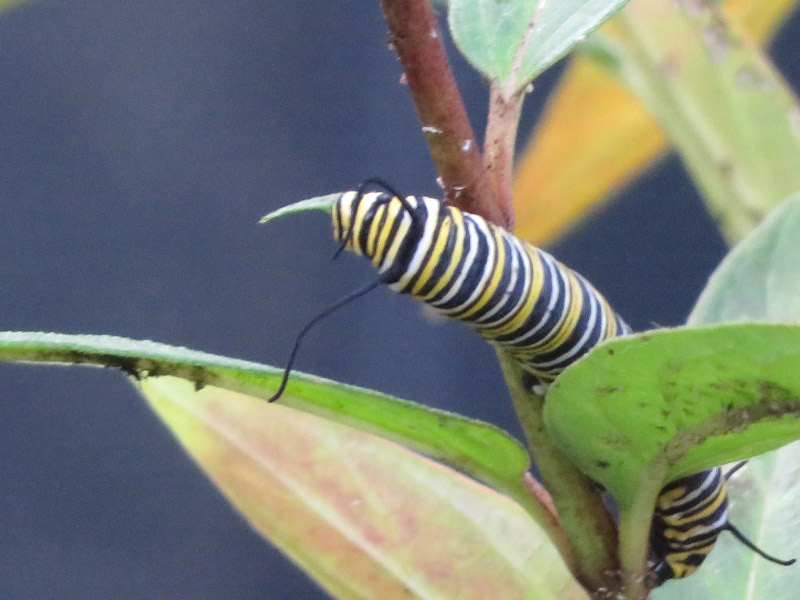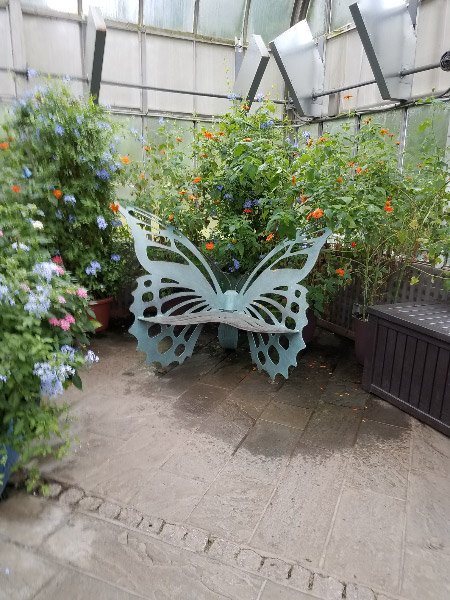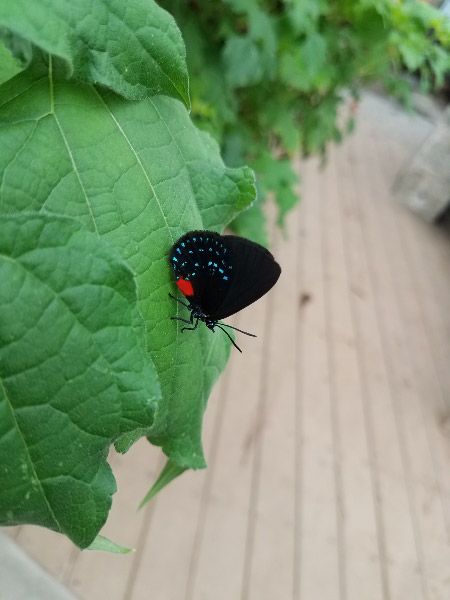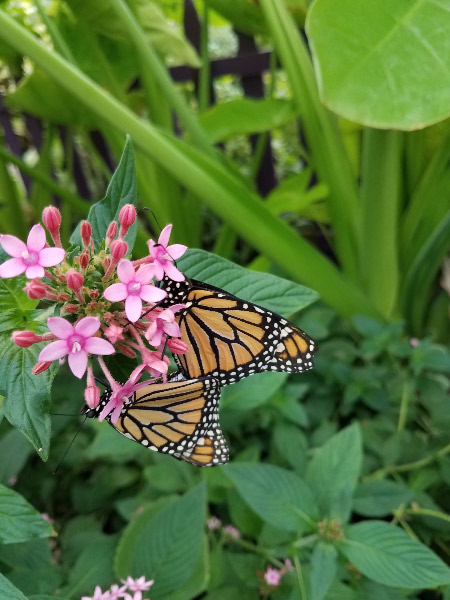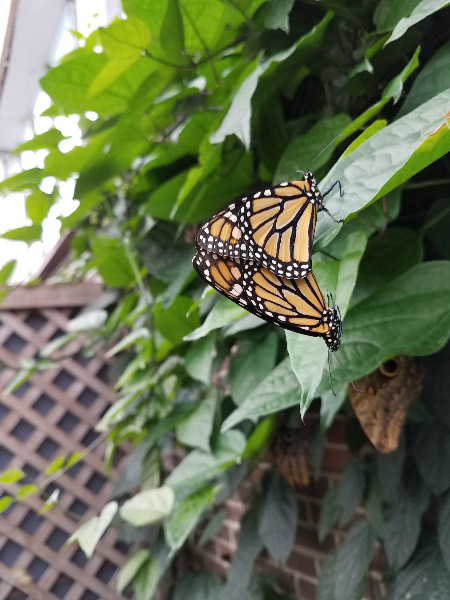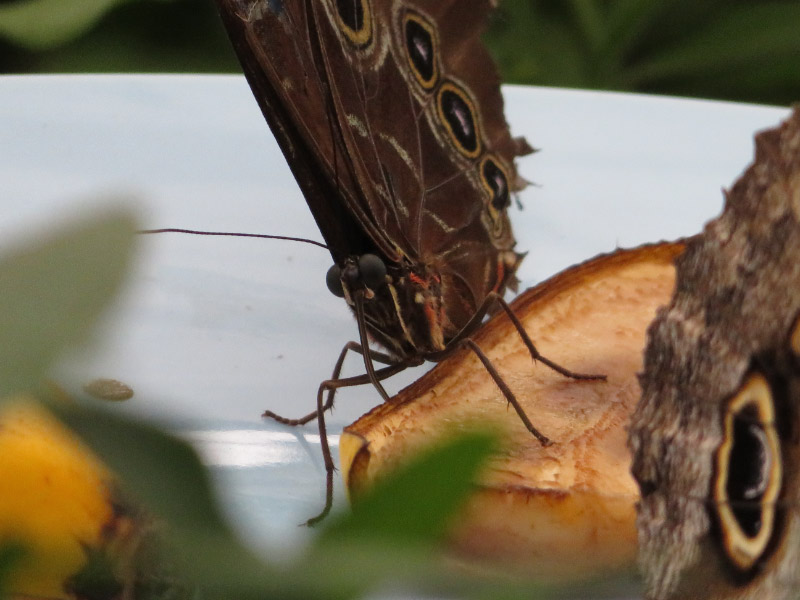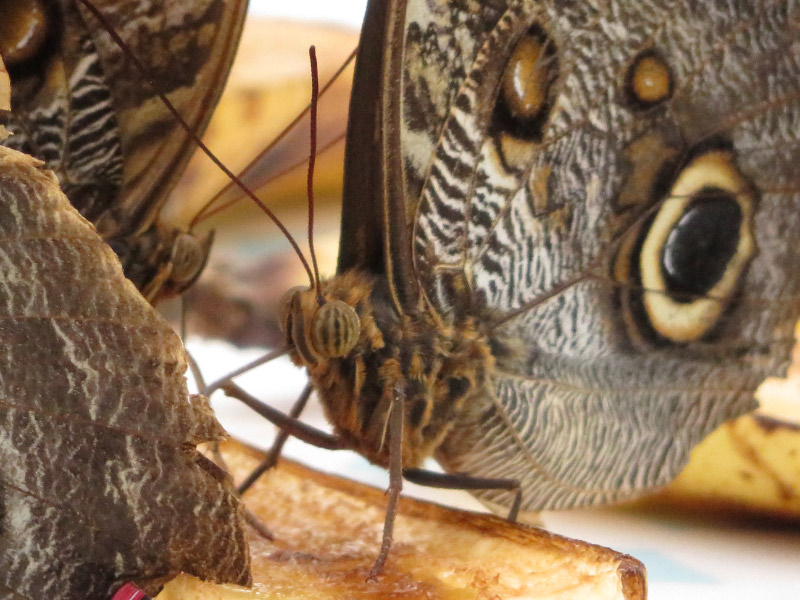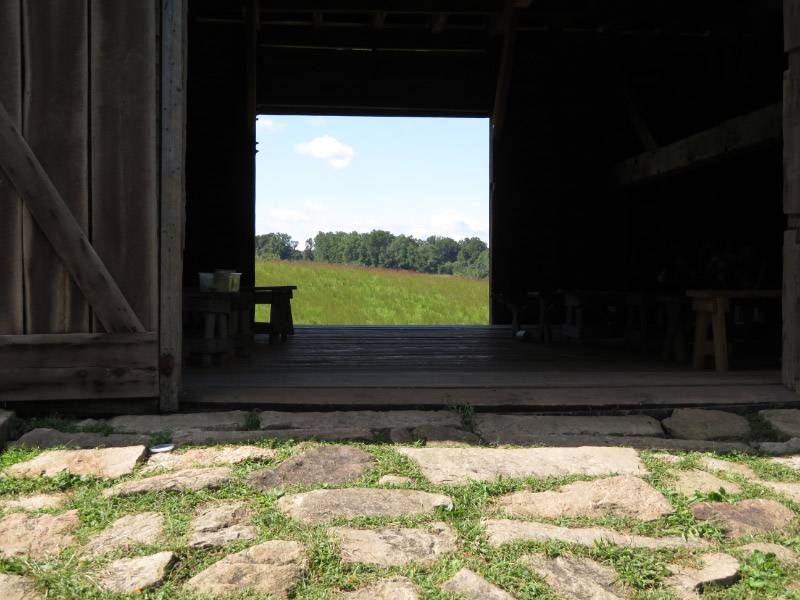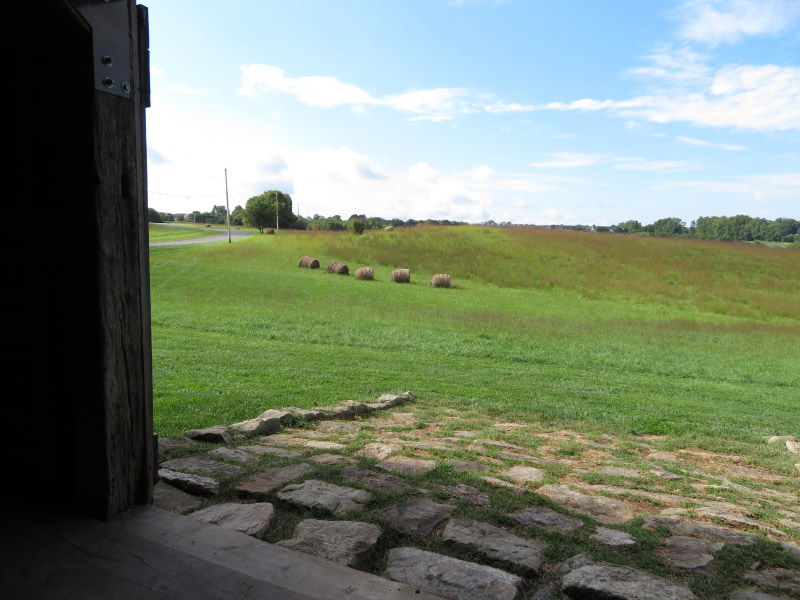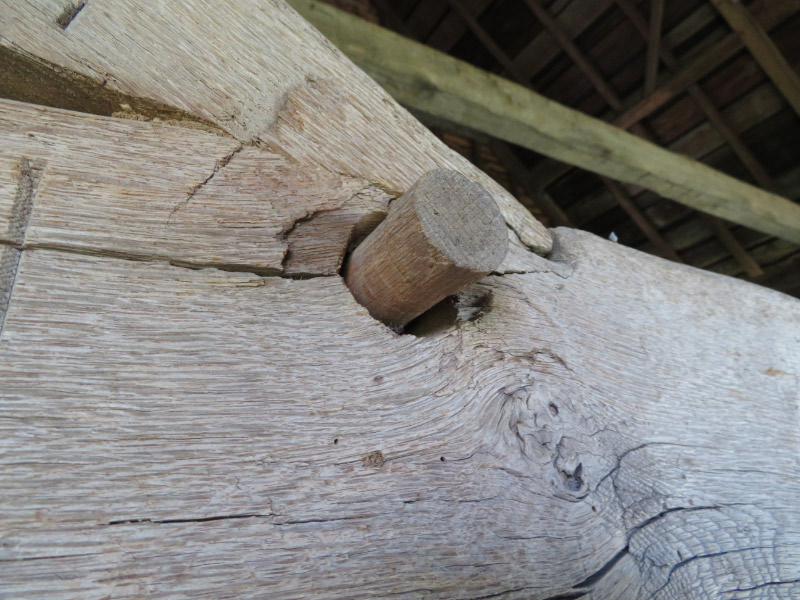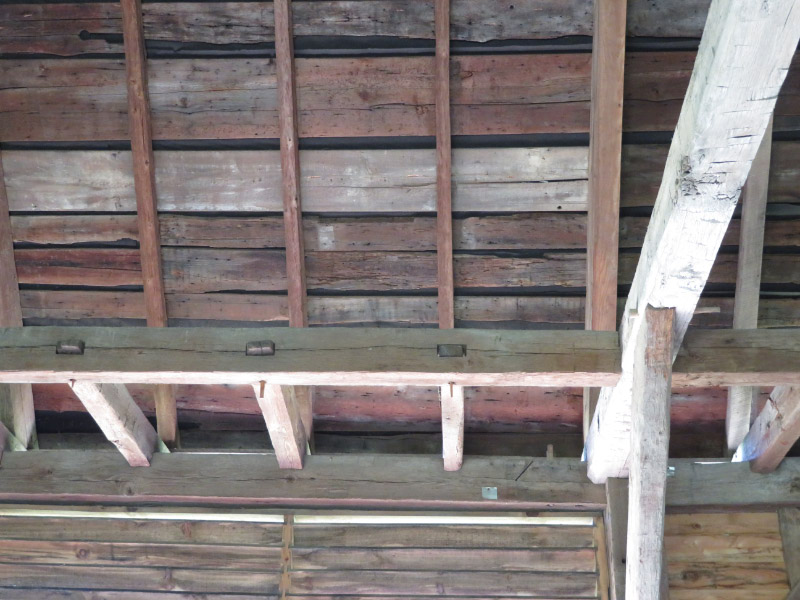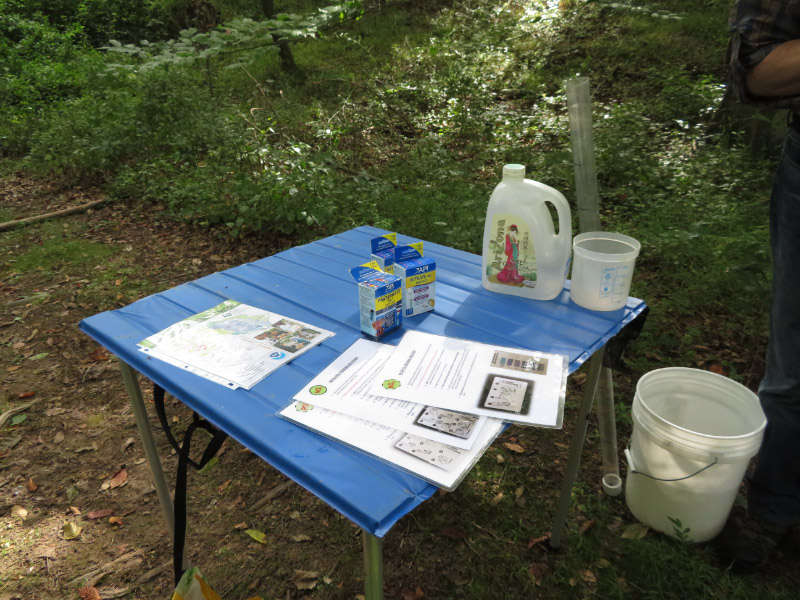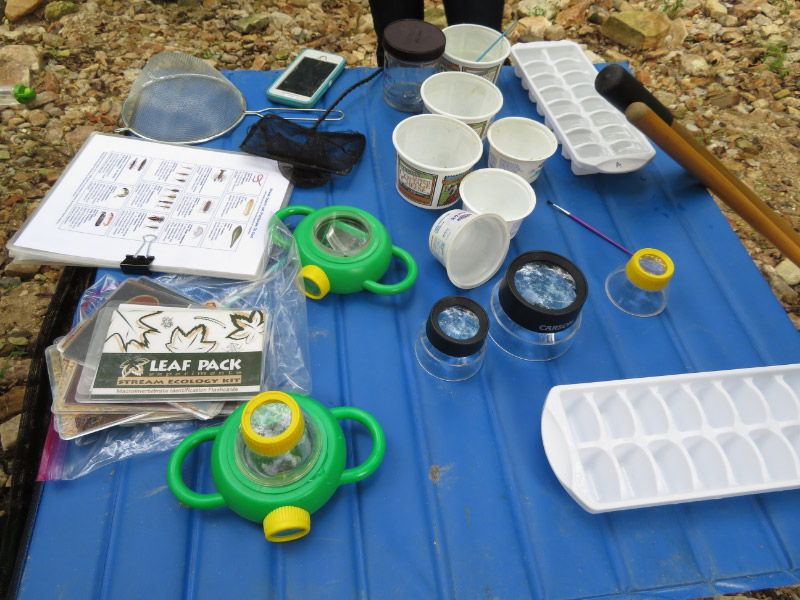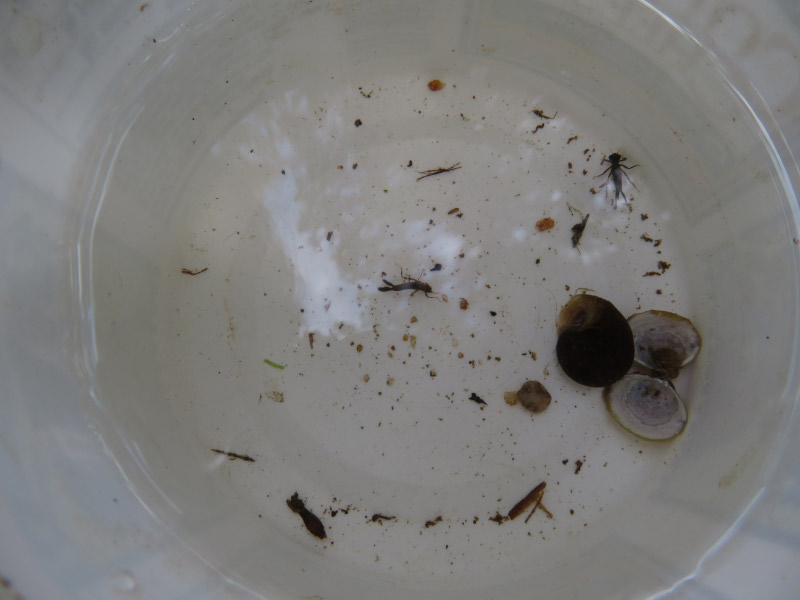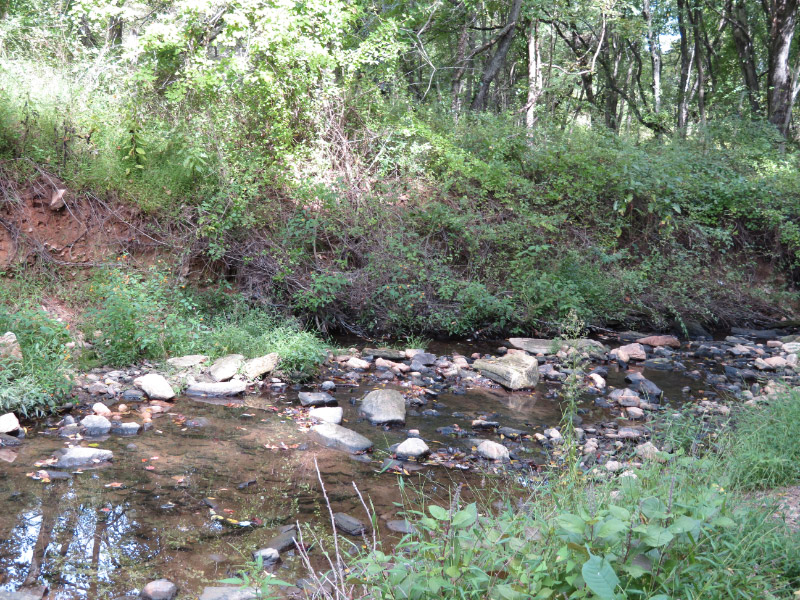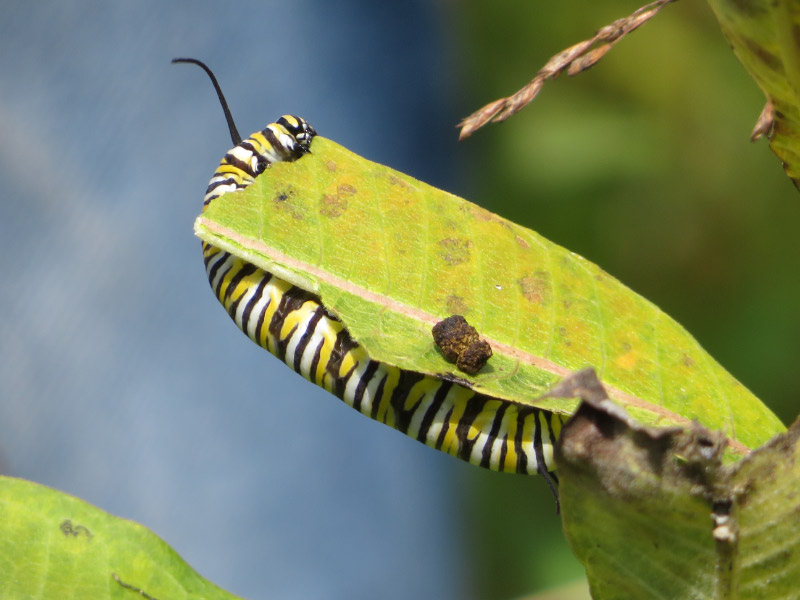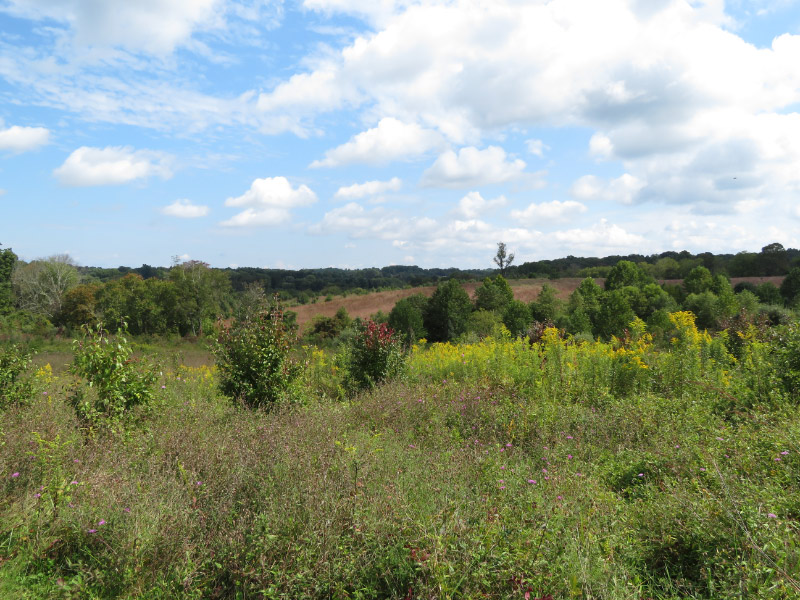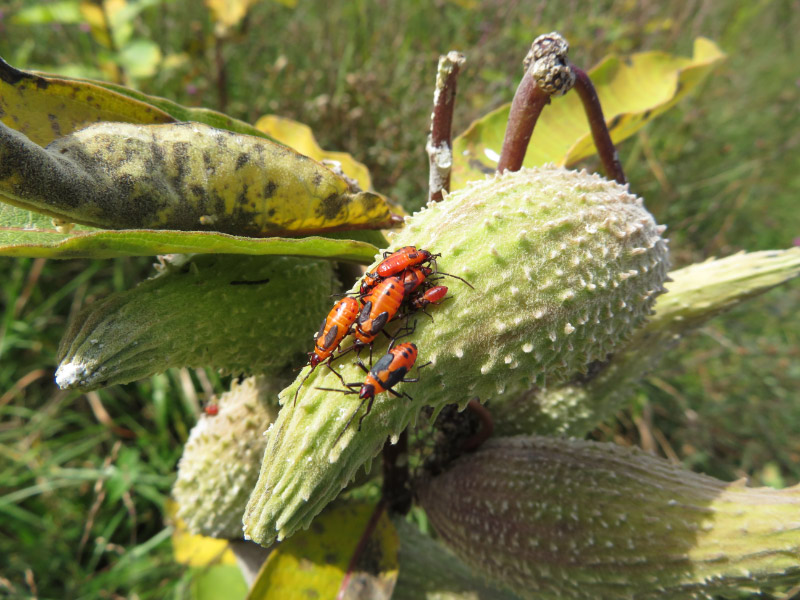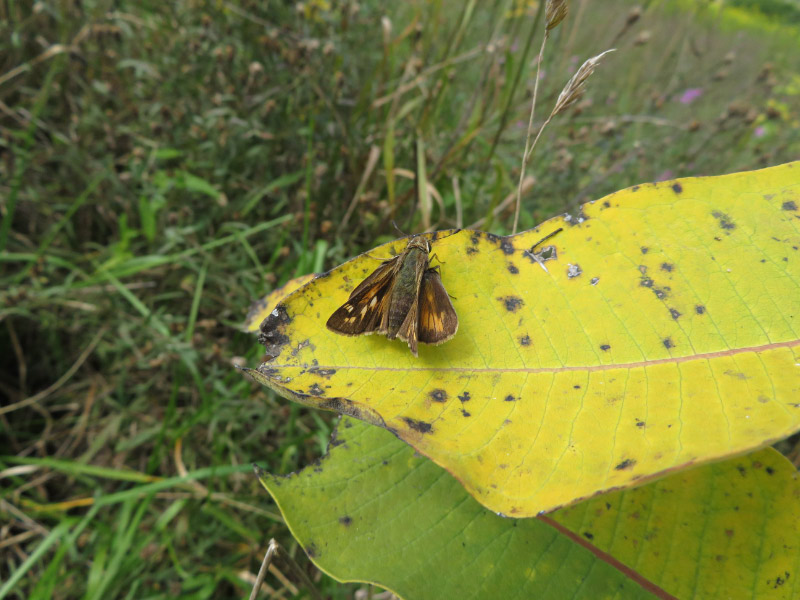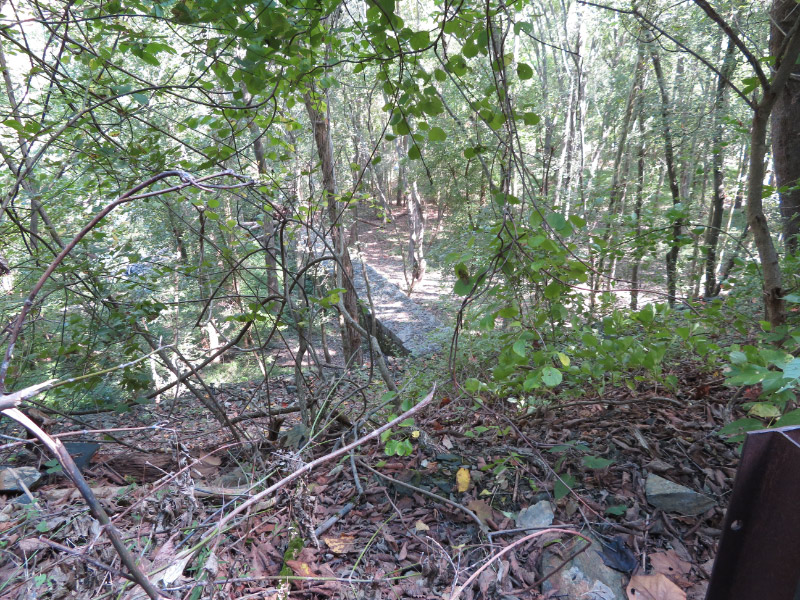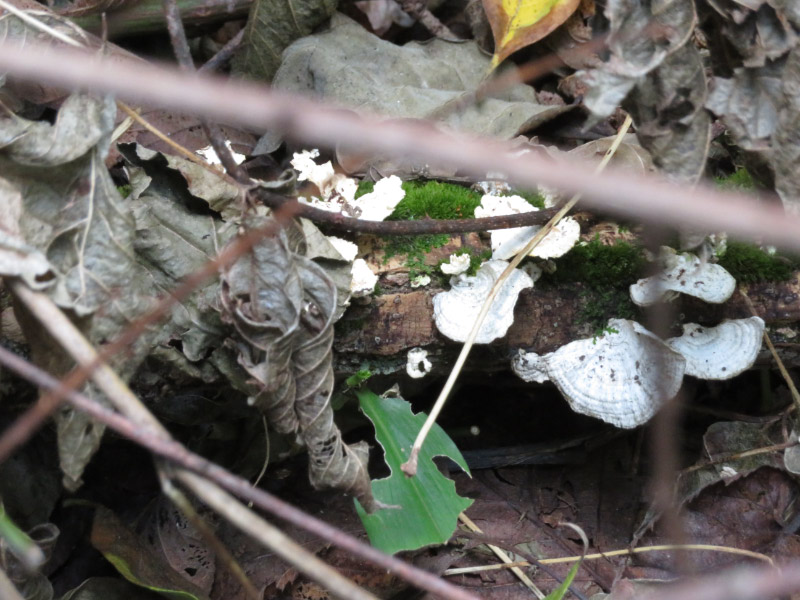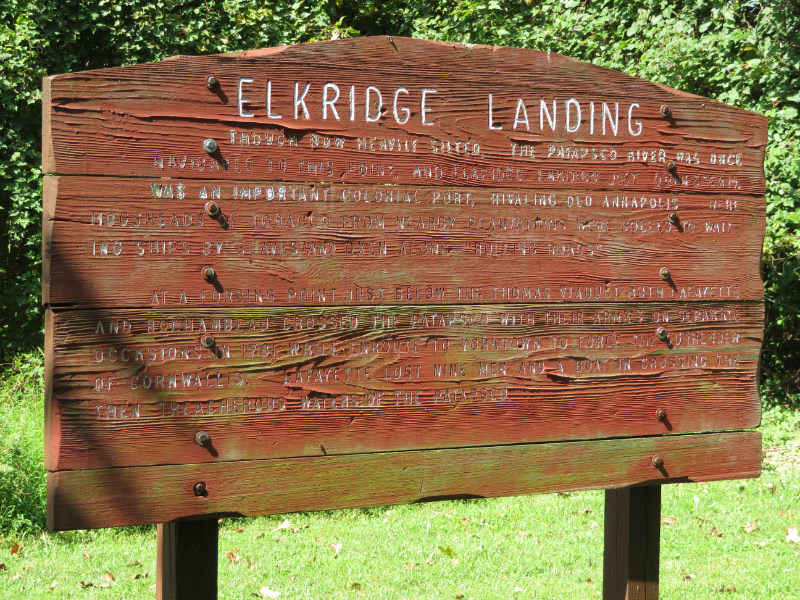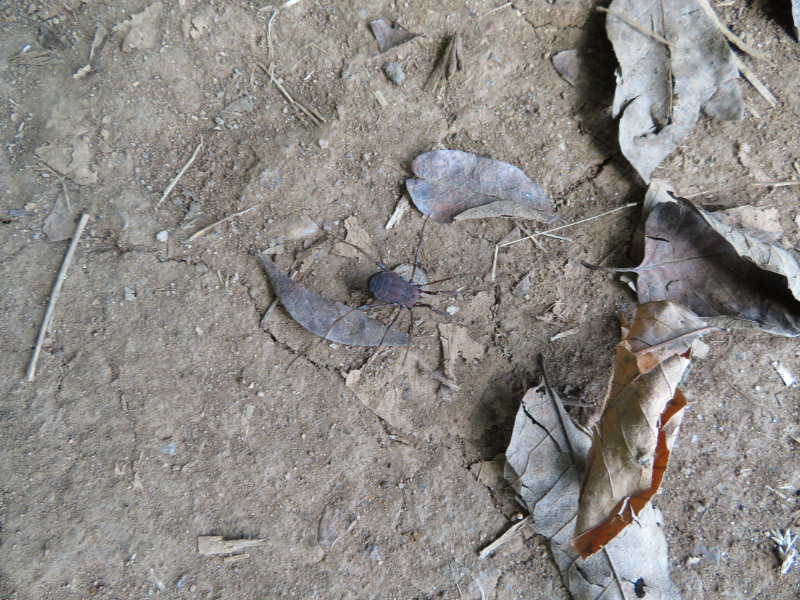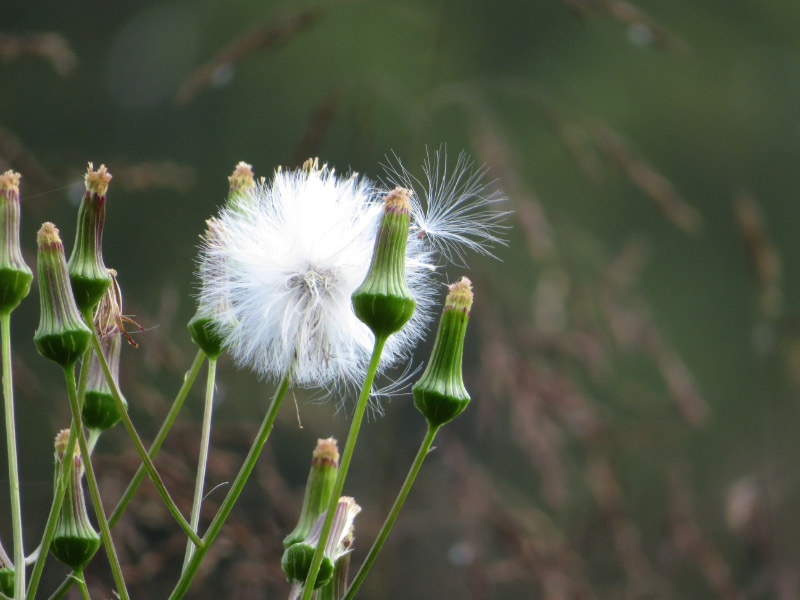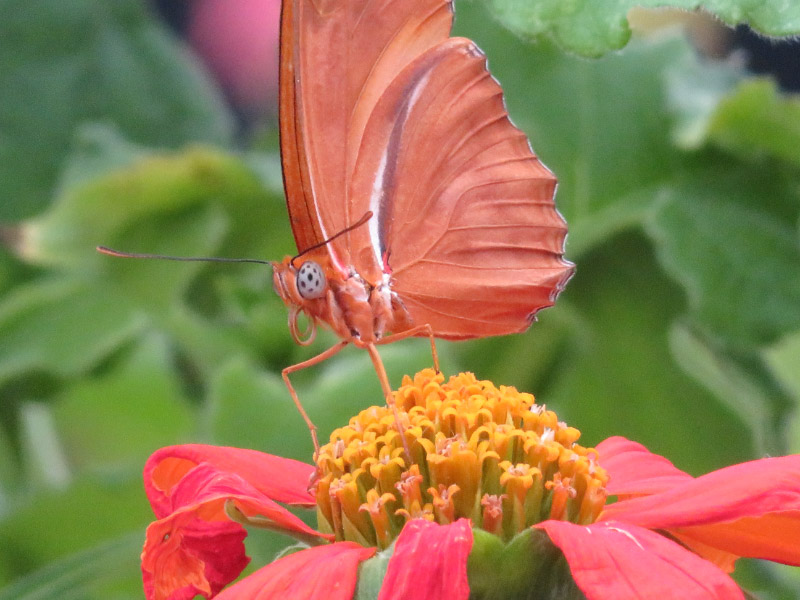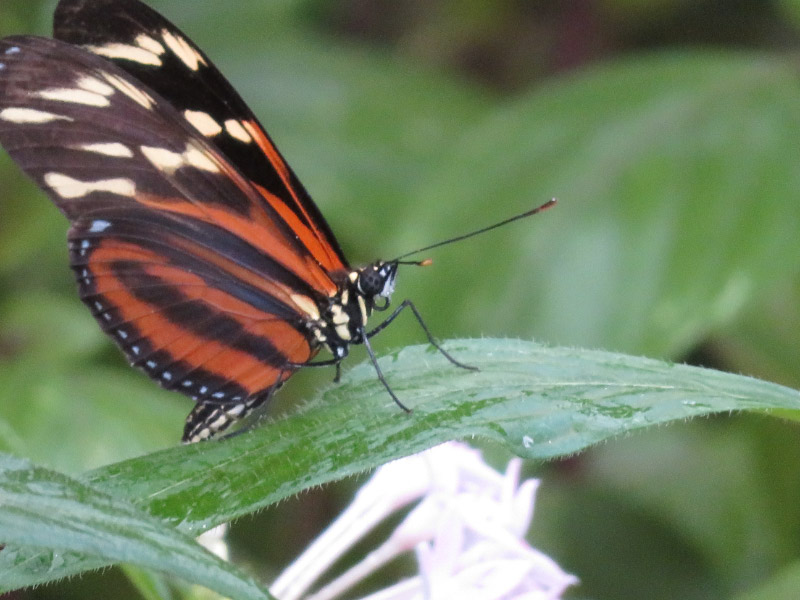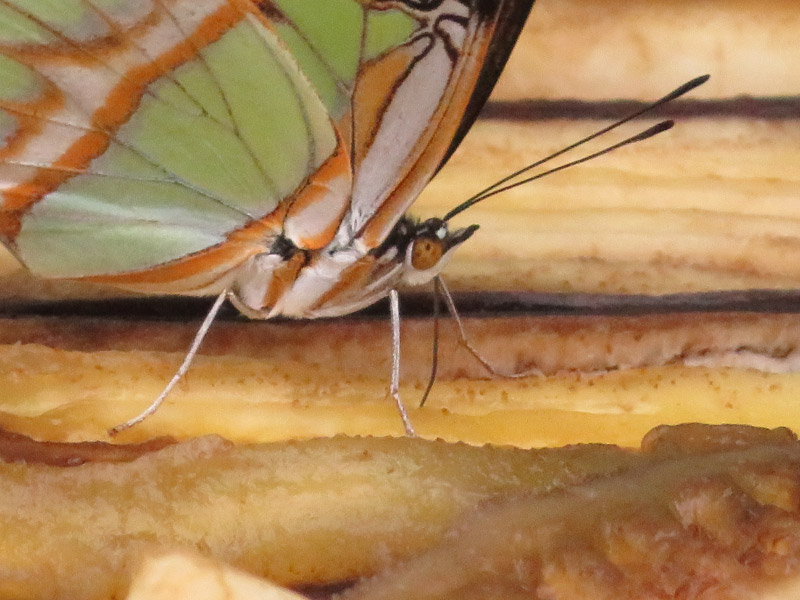Gleanings of the Week Ending October 21, 2017
/The items below were ‘the cream’ of the articles and websites I found this past week. Click on the light green text to look at the article.
What’s With That Dam? : The National Wildlife Federation – We got to Conowingo to see bald eagles….so I was interested in learning more about it. Evidently - the dam’s current impact on the Chesapeake Bay is not a positive one.
On Bee-ing – Cool Green Science – About the Minnesota Bee Atlas.
Stunning Video Captures Humpback Whales Catching Fish with Nets of Bubbles | Smart News | Smithsonian – I’d heard of this phenomenon but the video is still thrilling! Well work the 40 seconds!
How honeybees read the waggle dance -- ScienceDaily – The field trip the Howard County Conservancy does for 3rd graders includes a segment on the waggle dance….so I read this article to find out more about it….both the history of its discovery and the current research on the neurons responding to the dance.
Bathtub Bloodbath, 1793 | The Scientist Magazine® - A famous painting of Jean-Paul Marat murdered in his bath…what he was before his revolutionary activities.
Adaptation as Acceptance: Toward a New Normal in the Northwoods – Cool Green Science – Forests are changing – with climate change and invasive insects like emerald ash borer and woolly adelgid culling some trees that were, until recently, common in our forests. There is a grief for those lost trees that will not make a comeback. This article is about finding hope via adaptation. The forest will be different…but still forest.
Meet the Transgenic Silkworms That Are Spinning out Spider Silk | The Scientist Magazine® - Spider silk combines elasticity and strength but has been difficult to produce. Now the fiber is produced by silkworms and the increased availability makes it viable for a host of applications. It will be interesting to observe how the market develops.
Treetop Walkway Provides an Elevated Path Through Danish Forest – What an awesome way to observe a forest!
National Mall and Memorial Parks – Hope the laser ablation of the biofilm on the Jefferson Memorial works as well as the test spot. The dome has gotten a lot grayer over the years from ‘biofilm.’
Seeing Big Changes in Baltimore: The National Wildlife Federation Blog – Hurray for the schools and students in Baltimore provided wildlife habitat!





